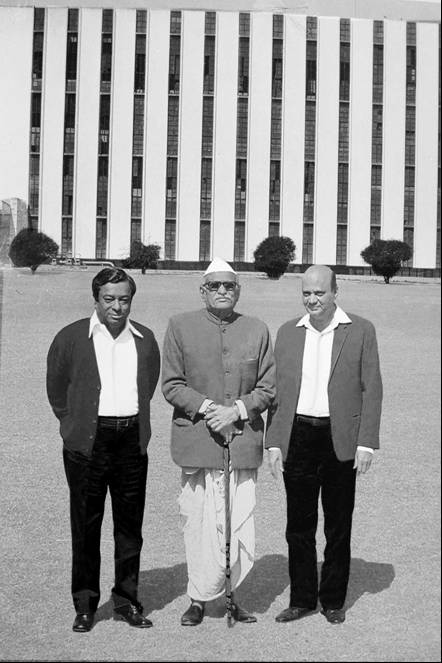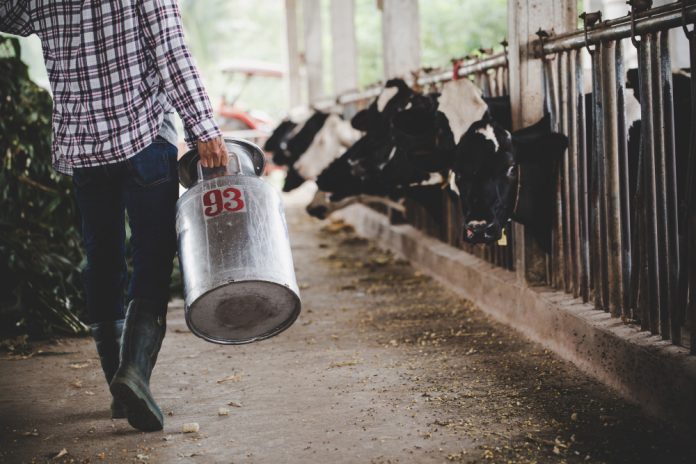The white revolution was the outcome of the cacophony of the shortage of white yields in India. People get their diets replete with other sources and their diets lack white components. The 1950s and 1960s witnessed this paucity of milk production in India. India was heavily dependent on imports. Despite having the world’s biggest cattle production, the nation produced meagre quantities of Milk. The farmers were agitated due to the oppression poured down by the middlemen. The destitute condition of the farmers was augmented as the exploitation by the middlemen was devastating.
This could not stay for a longer span as India bowered the operation flood aka White Revolution.
The vibrant rays of the White Revolution
White revolution is the event at which a firm-knitted grid of Milk producers was created to substantiate the merits of collective drilling. This grid worked vigorously to cater to the needs of consumers of over 700 towns and cities. The elimination of middlemen and the justifiable share of profit were the two factors of the viability of the white revolution. This revolution beefed up milk production and crowned India with the title ‘The largest producer of Milk’. The pioneer of this revolution was Dr Verghese Kurien, an agricultural scientist. This revolution aimed at making India an independent milk-producing country. This goal was jointly attained by the National Dairy Development Board and Amul.

In 1964-65 the intensive cattle development programme was kicked off that channelised the cattle owners by providing them with improved animal husbandry. This revolution was fledged further with the initiative of the National Dairy Development Board which unfurled operation flood in the year 1970. This created a national milk grid. This robust surge of the white revolution acted as the biggest trappings to push dairy production, stand as a source of income for rural dwellers, providing milk at fair prices, and curtailing the malpractices of the middlemen. The protagonist of this revolution emerged in the name of Amul- Anand Milk Union Limited. Better marketing infrastructure, improved pay to the farmers, increasing nutritional value, and fairer living conditions for cattle were the key results of this revolution.
What happened post-revolution?
The outcomes of this revolution fostered the growth of the Indian economy and it has fattened the economic growth of India. The post-white revolution period was also brimmed with the perennial efforts of the Indian government and entrepreneurs to retain this prestigious title of India being the largest milk producer. Rashtriya Gokul mission is one testimony that strived to improve the cattle population and to preserve the indigenous cattle breeds. The National Programme for Dairy Development has been standing since 2014 that intends to erect an infrastructure that can bring efficacy to the production of high-quality milk. Processing, procurement, and marketing of milk was also the motive of this board, dairy entrepreneurship development scheme is another testimony that was affixed with the aim to generate self-employment opportunities in the field of dairy. This forum has been acting as a lubricant in the whole market of milk.
Measures for other deprivation
This ode of the white revolution has facilitated tremendous success in the milk industry. The far-flung ode of operation flood is leaving the citizens flabbergasted that any deprivation can be dealt with through teamwork, associations, social entrepreneurship, and mandatorily the hoarding of optimism for this venture. Truckloads of success that this revolution underwent established testament to the other grave issues to be tackled in a view that can alleviate human resources, environment, employment and lots more.
The driving force should not be the only one for skyrocketing the growth of the economy. Rather, it should also take the citizens as the beneficiary.





























